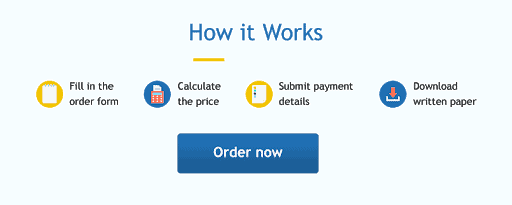Comic-book-Civil-War-by-Mark-Millar-food-for-thought-discussion-help-
Read comic book “Civil War” by Mark Millar, PPT “The hero” and food for thought by professor before writing.
Food for Thought
Are you tired of hearing me tell you that each of these comics is important for multiple reasons? I’ll spare you this time.
Civil War, in many ways, is your prototypical, mainstream comic book storyline. It is an example of crossover storytelling, in which characters from most of Marvel’s series come together. In addition to the primary storyline, there are many offshoots, or one-offs, comics that further flesh out the storyline.
This approach was used in The Death of Superman to boost DC sales when things were looking pretty grim for DC. The idea was that even though readers didn’t really care about Blue Beetle or the Justice League, they’d buy the issue if it tied in with the Death of Superman storyline.
It works fairly well. So well, in fact, that Wolverine was put in almost every comic book produced by Marvel during the 80s and early 90s.
So Civil War was a storyline created to boost sales. That’s the business end of things, anyway.
But the story is also interesting because we see a sort of paradigm shift when it comes to our main characters. Captain America takes on the role of a rebellious leader, while Iron Man becomes a straight and narrow character.
It also brings up the age old issue of “freedom to vs. freedom from” which we found ourselves struggling with post 9/11. Should we compromise our freedome to protect from a greater threat? Or should we let autonomy prevail, even in the face of evil? It’s an important question to ponder, a question this story prompts us to ask in a new context.
Many students have told me this was their favorite comic to read in the class. It is, to be perfectly honest, the least literary graphic novel I have read. But I do appreciate the story and hope you do as well.
Discussions:
1.
Discussion Board #13: The atypical superman
Directions: please respond to the following question. Be sure to comment on the works of at least two other students on the discussion board.
1. First, please provide a definition for the traditional hero. Go online and find a resource that provides a basic definition of “hero.” Include that definition in your analysis. You may revise or disagree with the definition if you wish. Second, answer the following: how is Captain America different than/similar to the traditional superhero? Please provide three ways that Captain America is different than the traditional superhero and two ways that concrete is similar to the traditional superhero. Refer to examples from the text (with page #s when possible) to support your analysis.
2.
Discussion Board #14: Character Analysis
Directions: follow the link below and review the ten steps necessary to complete a basic character analysis. Choose one character from Civil War and answer five of the ten questions featured on the web page found at the link below:
http://www.enotes.com/topics/how-write-character-analysis
Place the question from the website above each answer you provide. Also, in your answers, please refer to specific events in the text that support your observations. For example, if you choose to address the character’s ethics, give examples from the text that show the character’s ethical disposition.
3.
Discussion Board #15: Discussion Question from Lesson VIII: The Hero
Please review Lesson VIII and answer discussion question #1, found in the lesson.
Remember don’t use difficult words and sentences, use easy words and sentences. Because professor knows I am an international student.

